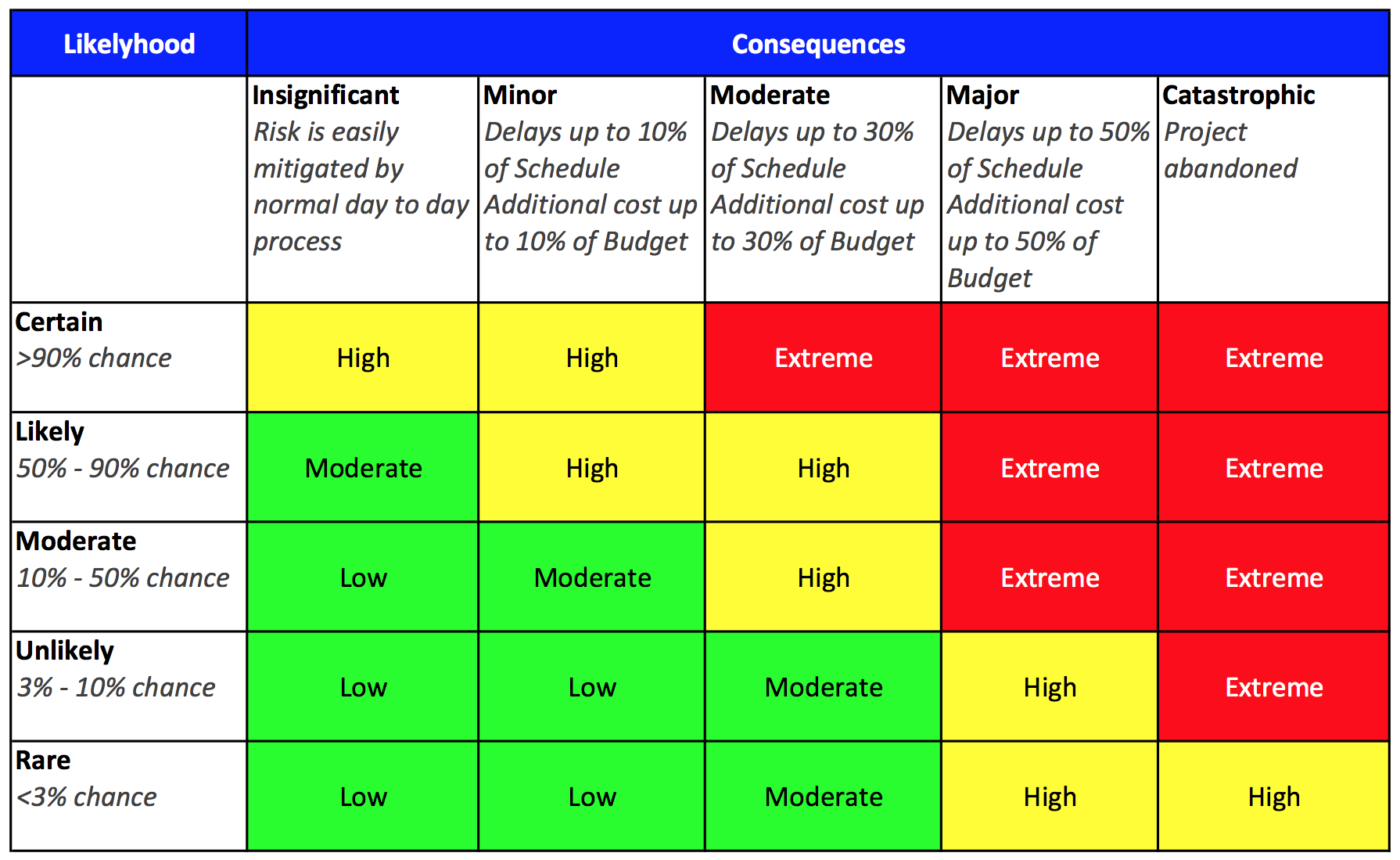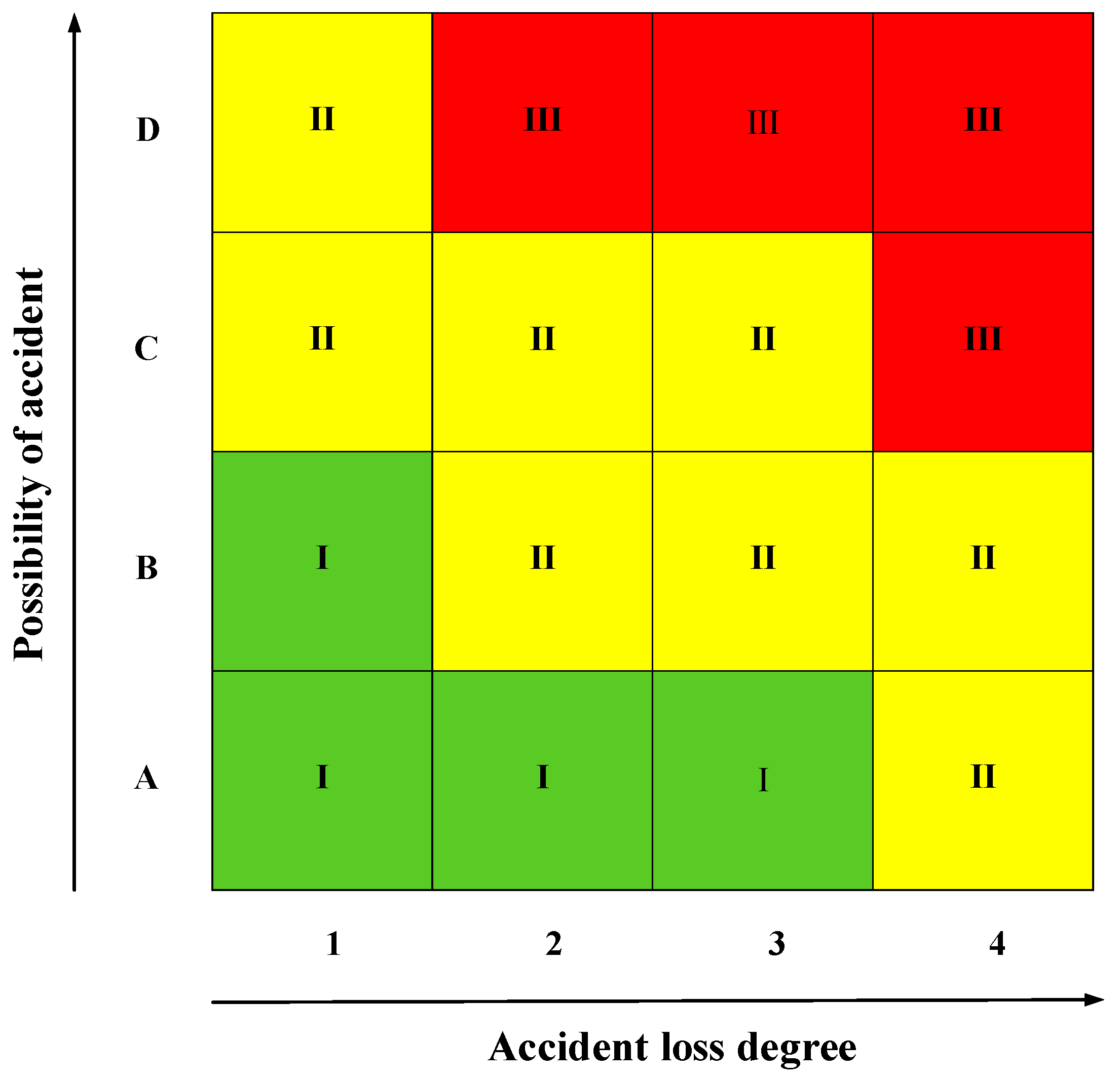

Disadvantages of the conventional FMEA in evaluating the risk brought about suggestions on several risk priority models to prioritize the failure modes. Conventional FMEA assesses the occurrence of failures appertaining to the experiences of practitioners and agreements of the team, but clinical terminology has not been used in it. Several studies have been carried out over the past decade to improve the FMEA outcomes and the limitations of risk priority number (RPN). However, low reliability and validity the of FMEA have been challenged in the literature. Several clinical disciplines applied the model successfully such as blood transfusion, diagnostic radiology, and medication prescription.

Failure Mode and Effects Analysis (FMEA) is an industrial biased model with the ability of systematic assessment of a very complex process. And so on.ĭefine rating scales and enable RPN metrics.ĭisplay RPN metrics in the analysis panel.ĭisplay RPN metrics in queries and reports.Many types of research which used risk management models were conducted to improve defects of risk assessment in the health-care environment. Alternatively, you might wish to label the issue "Action Required" if the severity rating is => X, the occurrence rating is => Y and the detection rating is => Z. For example, you might wish to configure the analysis project to label the issue "High Priority" if the RPN is => XXX AND the severity rating is => Y. There are many different ways that this logic could be configured. SD: This is similar to SOD except that it displays Severity and Detection only.įinally, RCM++’s Risk Ranking feature allows you to define a more complex logic for ranking issues based on rating scales and/or metrics. When the issues are sorted in descending order, they will be prioritized first by severity, then by occurrence and then by detection. For example, if the severity is 7, the occurrence is 5 and the detection is 6, then the resulting SOD will be 756. Rather, it is the result of displaying three values in the following format. SxO: This is the product of severity x occurrence. RPN: This is the product of severity x occurrence x detection. For example, with 10-point scales, a severity rating of 10 might indicate that the consequences of failure are very serious, an occurrence rating of 10 might indicate that the failure is very likely to occur and a detection rating of 10 might indicate that the failure is very unlikely to be detected before it reaches the end user.īased on the ratings that have been defined for the effects and causes in the FMEA, you can configure the analysis project to calculate and display any of the following metrics:

Rate the likelihood of detection for each cause.įor each rating scale, the higher value represents the greater seriousness or risk. Rate the likelihood of occurrence for each cause. The Criticality Analysis topic presents RCM++’s support for criticality analysis patterned after the MIL-STD-1629A guidelines.ĭepending on how you have configured the analysis project, RCM++ allows you to use predefined rating scales in order to: This chapter describes RCM++’s capabilities for RPNs and related metrics such as SxO, SOD and SD. RCM++ supports both of the risk assessment methods that are commonly used in conjunction with FMEAs: Risk Priority Numbers (RPNs) and criticality analysis.


 0 kommentar(er)
0 kommentar(er)
